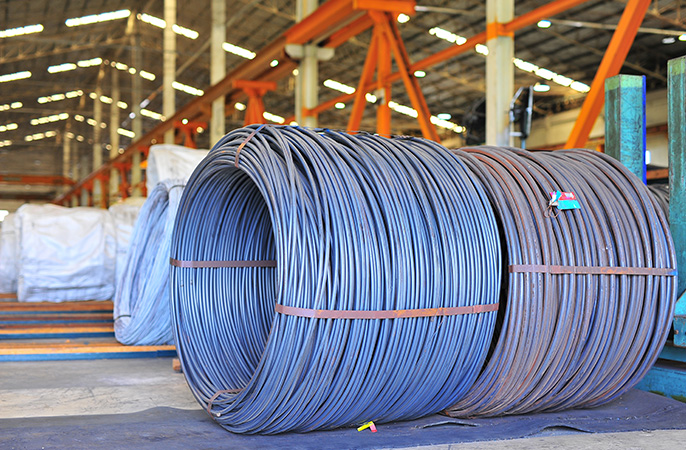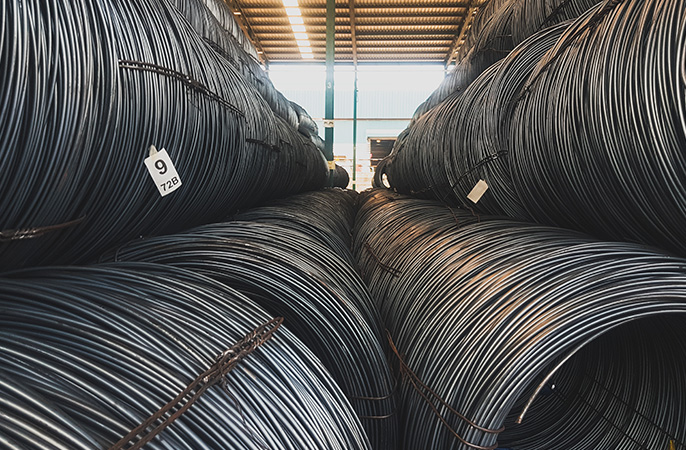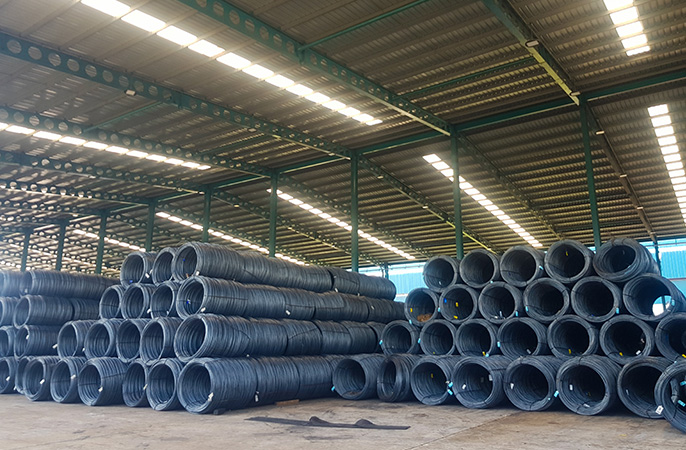



The choice of spring material is usually considered from several aspects after the size and cross-sectional shape are determined:
Considering the working environment, take temperature conditions as an example. At low temperatures, the elastic modulus and expansion coefficient of the material do not change much, and the environmental medium is less corrosive to the material than normal temperature, so the above factors do not need to be considered in the design. What should pay attention to is the brittleness of the material, and low temperature is very sensitive to surface defects, so the quality of the surface of the material must be strictly controlled. In addition, it should have good low temperature toughness. For example, austenitic stainless steel such as piano wire, copper alloy, nickel alloy, 1Cr18Ni9, etc., all have good low temperature strength and toughness, and they are all good choices.
The spring material working at high temperature must have good thermal stability, oxidation resistance, corrosion resistance, relaxation resistance or creep resistance. When the operating temperature increases, the elastic modulus of the spring material decreases, resulting in a decrease in rigidity and a decrease in load-bearing capacity. Therefore, the spring under high temperature must understand the rate of change of its elastic modulus, and calculate the effect of the decrease of its load-bearing capacity on its performance.
The materials used in springs are divided into two categories: metal and non-metal.
| section | class | subclass | material | |||
|---|---|---|---|---|---|---|
| metallic spring | steel spring | carbon steel spring | carbon steel for machine structural use | |||
| carbon tool steels | ||||||
| spring steels | ||||||
| piano wire (music wire) | ||||||
| hard drawn steel wires | ||||||
| carbon steel oil tempered wire | ||||||
| alloy steel spring | alloy steel oil tempered wire | |||||
| stainless steel spring | cold rolled stainless steel for spring | |||||
| stainless steel wire for springs | ||||||
| maraging steel spring | 18% nickel steel | |||||
| nonferrous spring | copper alloy spring | nickel silver | ||||
| beryllium alloy | ||||||
| phosphor bronze alloy | ||||||
| nickel alloy spring | k monel inconel |
|||||
| cobalt alloy spring | ||||||
| titanium alloy spring | α-β titanium alloy | |||||
| β titanium alloy | ||||||
| titanium nickel alloy spring | shape memory alloy | |||||
| ultra elastic alloy | ||||||
| nonmetallic spring | high polymer spring | natural high polymer spring | wood (hickory) | |||
| bamboo | ||||||
| organic high polymer spring | rubber spring | natural rubber | ||||
| artificial rubber | ||||||
| thermoplastic elastomer spring | ||||||
| plastic spring | ||||||
| fiber reinforced material spring | carbon fiber reinforced spring | graphite | ||||
| mixed fiber reinforced spring | long fiber | carbon fiber reinforced plastic spring | ||||
| glass fiber reinforced plastic spring | ||||||
| short fiber | grain reinforced spring | |||||
| short fiber reinforced spring | ||||||
| fluid spring | gas pressure spring(gas spring) | air spring argon gas spring helium gas spring |
||||
| liquid pressure spring(liquid spring) | hydraulic pressure spring other liquid pressure spring |
|||||
| gas & liquid pressure | hydraulic & air pressure spring | |||||
| inorganic material spring | ceramic spring | nitride silicon | ||||
| zirconium | ||||||
| magnetic spring | repel type magnetic spring | |||||
| attract type magnetic spring | ||||||
| magnetic damper spring | ||||||
| high temperature superconductivity spring | ||||||
